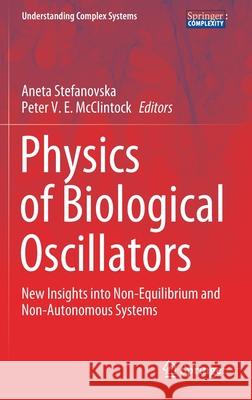Physics of Biological Oscillators: New Insights Into Non-Equilibrium and Non-Autonomous Systems » książka
topmenu
Physics of Biological Oscillators: New Insights Into Non-Equilibrium and Non-Autonomous Systems
ISBN-13: 9783030598044 / Angielski / Twarda / 2021 / 431 str.
Physics of Biological Oscillators: New Insights Into Non-Equilibrium and Non-Autonomous Systems
ISBN-13: 9783030598044 / Angielski / Twarda / 2021 / 431 str.
cena 484,18 zł
(netto: 461,12 VAT: 5%)
Najniższa cena z 30 dni: 462,63 zł
(netto: 461,12 VAT: 5%)
Najniższa cena z 30 dni: 462,63 zł
Termin realizacji zamówienia:
ok. 22 dni roboczych
Bez gwarancji dostawy przed świętami
ok. 22 dni roboczych
Bez gwarancji dostawy przed świętami
Darmowa dostawa!
Kategorie:
Kategorie BISAC:
Wydawca:
Springer
Seria wydawnicza:
Język:
Angielski
ISBN-13:
9783030598044
Rok wydania:
2021
Wydanie:
2021
Numer serii:
000307910
Ilość stron:
431
Waga:
0.81 kg
Wymiary:
23.39 x 15.6 x 2.54
Oprawa:
Twarda
Wolumenów:
01
Dodatkowe informacje:
Wydanie ilustrowane











